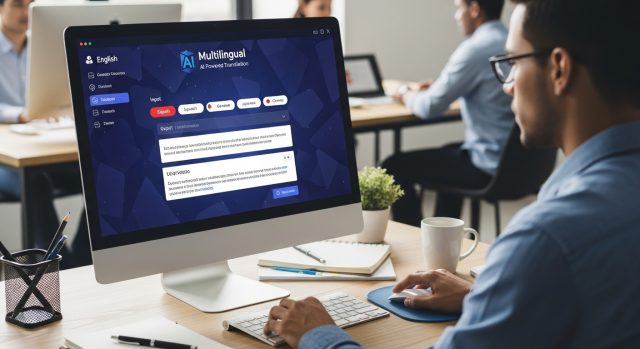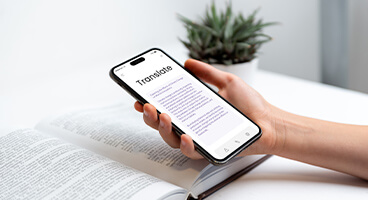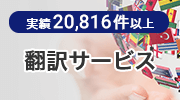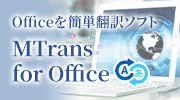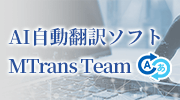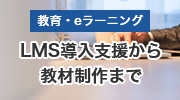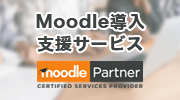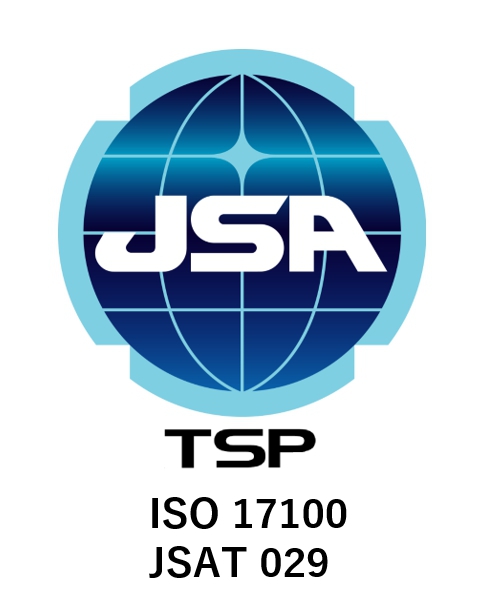
As efforts to attract tourists from overseas increase, you may have heard the term "tourism translation" more often. With inbound demand continuing to recover and grow, multilingual support has become an essential factor for the success of tourism-related businesses.
This article provides a detailed explanation of the basic definition of tourism translation and its necessity, supported by data.
- Table of Contents
-
- 1. What is Tourism Translation? Explanation of Its Necessity
- 1-1. What is Tourism Translation?
- 1-2. Various Types of Tourism Translation
- 1-3. Why Is Tourism Translation Necessary Now?
- 2. Benefits for the Tourism Industry in Engaging with Tourism Translation
- 2-1. Easier to Prompt Action, Leading to Increased Sales
- 2-2. Reducing Troubles and Improving Satisfaction
- 2-3. Enhancing Customer Experience (CX)
- 2-4. Promoting Brands, Regions, and Japan’s Unique Culture
- 2-5. Enhancing Brand Image
- 3. Key Points for Achieving Inbound Tourism Translation
- 3-1. Clarifying Purpose and Target Audience
- 3-2. Make It Visually Easy to Understand
- 4. Establishing a Quality Maintenance System
- 5. Streamlining the Translation Work Itself
- 6. What Is "MTrans for Office" That Streamlines Tourism Translation Work?
- 7. Summary
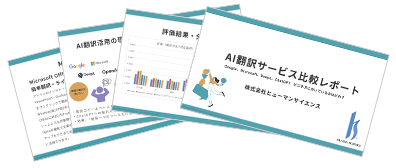
1. What is Tourism Translation? Explanation of Its Necessity
1-1. What is Tourism Translation?
Tourism translation involves multilingualizing brochures, websites, and facility signage used at tourist spots, commercial facilities, accommodations, transportation, information centers, and more, which inbound tourists visit. It is important not only to replace words but also to understand the cultures and customs of each country and to convey the information travelers seek accurately and attractively.
1-2. Various Types of Tourism Translation
The information that tourists encounter during their travels is diverse. Therefore, the subjects requiring translation are also varied.
・Marketing and PR Tools: Translation of brochures, flyers, posters, PR videos, etc., to convey appeal during the information-gathering stage before travel.
・Online Content: Information dissemination on digital platforms such as tourist information websites, official sites, online advertisements, and social media posts.
・Reservation Related: Multilingual support for online reservation systems and apps to provide a smooth booking experience.
・On-site Guidance: Translation of facility signage, notices, signs, floor maps, etc., to support smooth navigation on location.
・Experience Content: Audio guides and exhibit explanations at tourist attractions and museums.
・Restaurant Menus: Translation including allergy information and dish descriptions to ensure a safe and enjoyable dining experience.
・Counter Services: Translation and interpretation to facilitate communication at staffed information centers and ticket counters.
By providing such translations, travelers can experience comfortable and highly satisfying trips without feeling language barriers.
1-3. Why is tourism translation necessary now?
The necessity of tourism translation is closely related to recent trends in the inbound market.
1. Rapid Increase in Inbound Tourists
Since the easing of border measures against COVID-19, the number of foreign visitors to Japan has rapidly recovered. According to the Japan National Tourism Organization (JNTO), the number of inbound tourists in 2023 was approximately 25.07 million, recovering to about 80% of the 2019 level before the pandemic. Furthermore, in May 2025, the monthly number of foreign visitors to Japan reached 3,693,300, showing a continuing upward trend. To effectively accommodate and attract this growing number of inbound tourists, providing information in multiple languages is essential.
2. Development of the Tourism Industry and Economic Impact
Spending by inbound foreign visitors has also reached an all-time high. The preliminary figure for inbound consumption in 2023 reached 5.3 trillion yen, surpassing the 4.8 trillion yen recorded in 2019 before the COVID-19 pandemic. To capture this strong consumer demand for your services, high-quality translations that accurately convey the appeal of products and services to foreign tourists and encourage purchases and experiences are essential. This is a significant business opportunity not only for urban areas but also for regional tourism industries, and it is an important initiative that contributes to regional revitalization.
3. The Importance of Accurate and Appealing Information Delivery
For travelers, information is a crucial factor that influences their satisfaction with the trip. Inaccurate translations or confusing guidance relying on machine translation can not only cause misunderstandings and troubles but also damage the brand image of the facility or region itself. On the other hand, attractive and easy-to-understand translations that capture the cultural background and nuances of each language help travelers understand better and provide a positive experience. As a result, travelers can enjoy their stay with peace of mind, which is likely to lead to highly rated reviews on social media and repeat visits.
2. Benefits for the Tourism Industry in Engaging with Tourism Translation
Introducing the benefits gained by conveying travel information accurately and attractively.
2-1. Easier to Encourage Action and Increase Sales
By conveying the appeal of products and services in multiple languages, the purchasing motivation of foreign tourists greatly improves. For example, if a restaurant menu includes attractive descriptions that explain the background of the dishes and the care taken with ingredients, it is easier to encourage orders of higher-priced menu items. Similarly, if explanations of experience tours are clear and highlight unique value that can only be obtained on-site, it will prompt concrete actions such as reservations, directly leading to increased sales.
2-2. Trouble Reduction and Satisfaction Improvement
If guidance within facilities, transportation methods, and usage rules are accurately displayed in multiple languages, misunderstandings and confusion caused by language barriers can be prevented. Preventing troubles such as accidentally entering "No Entry" areas or consuming foods containing allergens not only protects travelers' safety but also reduces the facility's response costs. A comfortable stay without stress is a direct factor in increasing traveler satisfaction.
2-3. Improvement of Customer Experience (CX)
Customer Experience (CX) refers to the entire series of experiential values from when travelers become aware of a service, make a reservation, experience it on-site, until they return home. If there is no language stress throughout all stages—from gathering information on websites, local signage, to communication with staff—travelers will feel "welcomed" and "valued." Such a high-quality, consistent customer experience is a crucial factor that leads to highly rated reviews on social media and repeat visits.
2-4. Promoting Brands, Regions, and Japan’s Unique Culture
Translation is not merely a means of conveying information. It is a powerful tool for deeply communicating the stories behind the unique history, culture, and traditional crafts of a region. By carefully translating and conveying intangible values such as the origins of temples and shrines, the background of festivals, and local food culture, travelers can gain a deeper understanding of Japan’s appeal. This becomes a distinctive added value that strongly impresses the brand of the region or company.
2-5. Brand Image Enhancement
High-quality translations by professionals shape the "trustworthiness" of companies and regions. Unnatural machine translations or guides with many mistranslations can give a negative impression of being unprepared and inconsiderate. On the other hand, accurate and refined multilingual support is proof of a high-quality brand with an international perspective that cares for all customers. This attention to detail greatly contributes to improving the brand image.
3. Key Points for Achieving Inbound Tourism Translation
Here are four important points to keep in mind to successfully carry out tourism translation for inbound visitors.
3-1. Clarifying Purpose and Target Audience
The most important first step is to clearly define the purpose and target audience—"to whom" and "what you want to convey."
・Target: Is the target affluent travelers or backpackers? Are they travelers from Western countries or from Asia? Preferred expressions and impactful words vary depending on the target country or cultural sphere.
・Purpose: Is the purpose to increase awareness of the facility, to directly encourage product purchases, or to deepen understanding of Japanese culture?
The tone of the translation (formal or casual), the choice of words, and the level of detail in the information are determined by these objectives and target settings. For example, when conveying the history of a facility, providing a detailed background may capture the interest of long-term Western travelers, whereas for short-term Asian travelers, conveying the key points concisely might be more effective.
3-2. Make It Visually Easy to Understand
It is very important not to rely solely on language but to complement information visually as well. Especially in places visited by travelers speaking various languages, designs that can be intuitively understood facilitate smooth communication.
・Use of Icons and Pictograms: For guidance such as restrooms, Wi-Fi, and no smoking, actively use pictograms that are universally recognized.
・Extensive Use of Photos and Illustrations: In menus and product descriptions at restaurants, adding high-quality photos can convey appeal beyond language barriers.
・Layout Considerations: When displaying multiple languages side by side, it is necessary to design the layout, color scheme, and font size so that each language is clearly distinguishable and easy to read.
4. Establishing a Quality Maintenance System
The quality of this translation directly impacts the brand image of the company or region. Unnatural machine translations or mistranslations can cause travelers to lose trust. It is essential to build a system that continuously provides high-quality translations.
・Creation of Translation Guidelines: Create guidelines that define rules for writing proper nouns such as facility names and place names, as well as tone and manner, and share them among translators.
・Maintenance of Translation Memory: By utilizing a "translation memory" that accumulates previously translated texts as assets, you can prevent inconsistencies in expressions and maintain terminology uniformity. This not only ensures consistent quality but also helps reduce translation costs.
・Native Speaker Review: Once the translation is complete, have it reviewed by native speakers of the target language to refine it into more natural and culturally appropriate expressions. It is also possible to consider having chat AI like ChatGPT perform the review.
5. Streamlining the Translation Process Itself
The scope of translation targets is wide-ranging, including brochures, websites, SNS posts, and facility guides, with frequent revisions and updates. Performing all these translation tasks manually while maintaining quality is extremely complicated and requires a lot of time and cost.
This makes the efficiency of the translation work itself crucial.
For example, what if you could use a high-precision translation function directly within the Microsoft Office applications you use daily (Word, Excel, PowerPoint, Outlook)? By introducing the translation support tool "MTrans for Office," you can translate with just one click from the editing screen, significantly reducing the time required for translation.
By utilizing the tool, staff can spend more time on the tasks they should truly focus on, such as strategic information dissemination and content planning.
6. What is "MTrans for Office," the tool that streamlines tourism translation work?
Introducing MTrans for Office as an efficient tool to solve multilingual challenges. MTrans for Office is directly integrated into the Word, Excel, PowerPoint, and Outlook you regularly use, so there is no need to learn how to use new software. You can utilize translation functions without changing your existing workflow.
If you want to translate a Word document, display the MTrans panel on the Word screen and click "Translate" to see English translations from multiple translation services. By simply clicking the "Replace" button (an icon with right and left arrows stacked vertically), you can replace the Japanese text in the document with English.
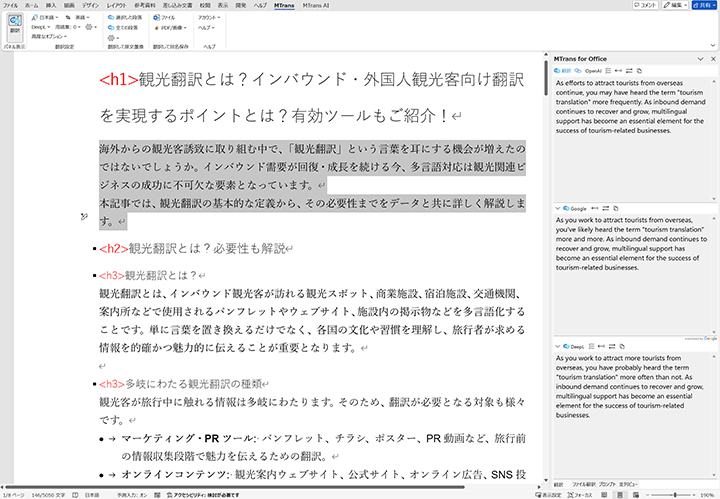
It is also possible to translate the entire document. In that case, click the "File" button from the toolbar.
To create an English email in Outlook, write the body in Japanese and then click the "Execute Translation" button. Multiple English translations from various translation services will appear in the translation panel on the right. Simply click the "Replace" button to replace the Japanese text in the body with English.
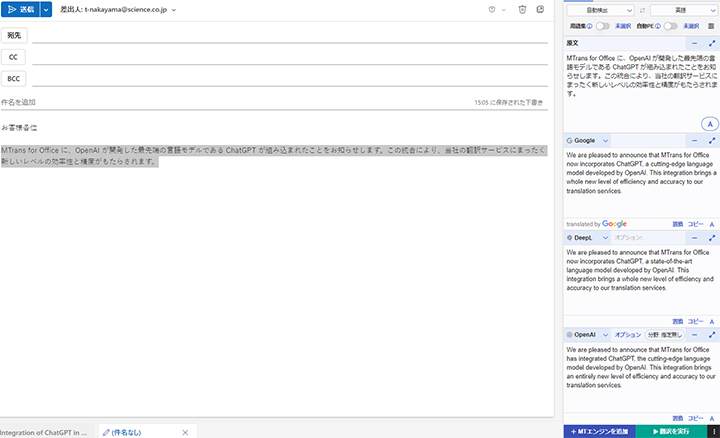
Additionally, MTrans for Office is equipped with OpenAI's generative AI, which is also used in ChatGPT. You can write the summary of an email in Japanese, select the text, and then click the execute button to automatically create an English email based on the Japanese summary. By clicking the "Replace" button, the result is reflected in the email body, and simply changing details like the customer's name completes the English email.
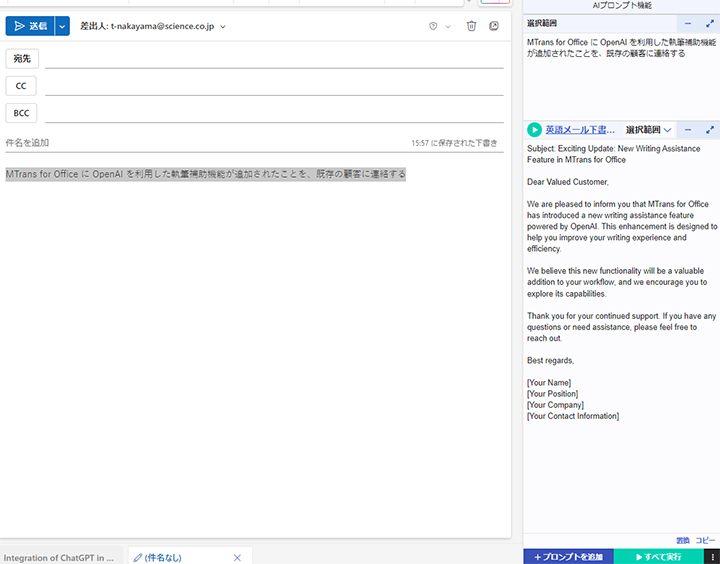
MTrans for Office offers intuitive operability, allowing you to utilize translation and AI functions within Office applications without special IT knowledge, which can reduce translation workload and improve operational efficiency.
7. Summary
With the increase in inbound tourists, multilingual support at tourist spots and commercial facilities has become the key to success. Accurate and appealing tourism translations not only enhance traveler satisfaction but also contribute to revitalizing the local economy. However, if translation tasks become overwhelming to the point that the core tourism services are neglected, it defeats the purpose. This is where tools that streamline multilingual support come in handy.
To facilitate smoother tourism translation, we recommend the translation add-in software "MTrans for Office" that can be used with Office apps. By utilizing MTrans for Office, you can perform translation tasks directly from the Office apps you use daily, enabling speedy and efficient multilingual support without requiring special technical knowledge. This allows those in the tourism industry to devote more time to improving the quality of the services they should primarily focus on.
MTrans for Office offers a 14-day free trial. Please give it a try.

Features of MTrans for Office
- ① Unlimited number of file translations and glossary integration for a fixed fee
- ② One-click translation from Office products!
- ③ Security is assured with API connection
・For customers who want further enhancement, we also offer SSO, IP restrictions, and more - ④ Support in Japanese by a Japanese company
・Support for security check sheets is also available
・Payment by bank transfer is available
MTrans for Office is an easy-to-use translation software for Office.




